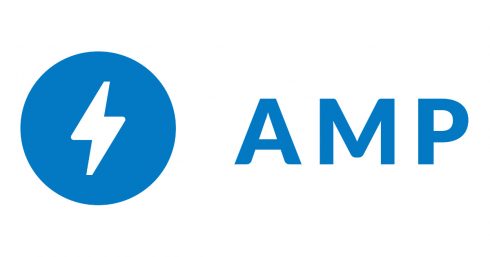
After two years of significant growth, the open-source AMP Project is proposing an open governance model. AMP (Accelerated Mobile Pages) is a library that enables developers to create mobile-friendly content and have it load quickly for end-users.
The team explained that when they initially chose a governance model for the project, they focused on agility. Though AMP is powered by the feedback of those that use it, governance was often centered around the tech lead who ultimately chose what was to be executed and how.
That model worked for smaller projects, but doesn’t scale well to the size of the AMP Project today. When the project first started, it had just two contributors, but has since grown to over 700 contributors and 10,000 commits running on millions of websites.
To account for this change in scale, AMP wants to move to a new governance model that gives a voice to all of the constituents of the community. This proposed change is based on months of research, the team explained.
When developing the new governance model, the AMP Project team had these goals in mind:
- Encourage a wider variety of voices at all levels of contributions, even from those who do not contribute code, but are still impacted by AMP.
- Make it more clear how individuals and companies can have a voice in the AMP Project.
- Avoid slowing down day-to-day work on AMP as a result of the governance model.
- Learn what worked and hasn’t worked in other open-source projects, such as Node.js and Kubernetes.
The new model proposes that the power to make significant decisions in the project will move from a single Tech Lead to a Technical Steering Committee (TSC) that includes representatives from companies that have committed resources to building AMP. For fairness, the new committee shall not have a company sit on more than a third of the seats.
The new governance model also adds an Advisory Committee with representative’s from the AMP Project’s constituencies that will advice the TSC.
Finally it adds Working Groups that will have ownership over certain aspects of AMP to replace the informal teams in place today. The Working Groups will have a clear method for input as well as a well-defined decision-making process.
One of the first tasks that AMP will take on in working towards this new model is to complete the initial membership of the governance groups.
The AMP team also noted that it is exploring the idea of moving AMP to a foundation in the future, a decision on which it will seek the input of the TSC, the AC, and the community. The team believe that these changes to governance are the first step in that direction.




